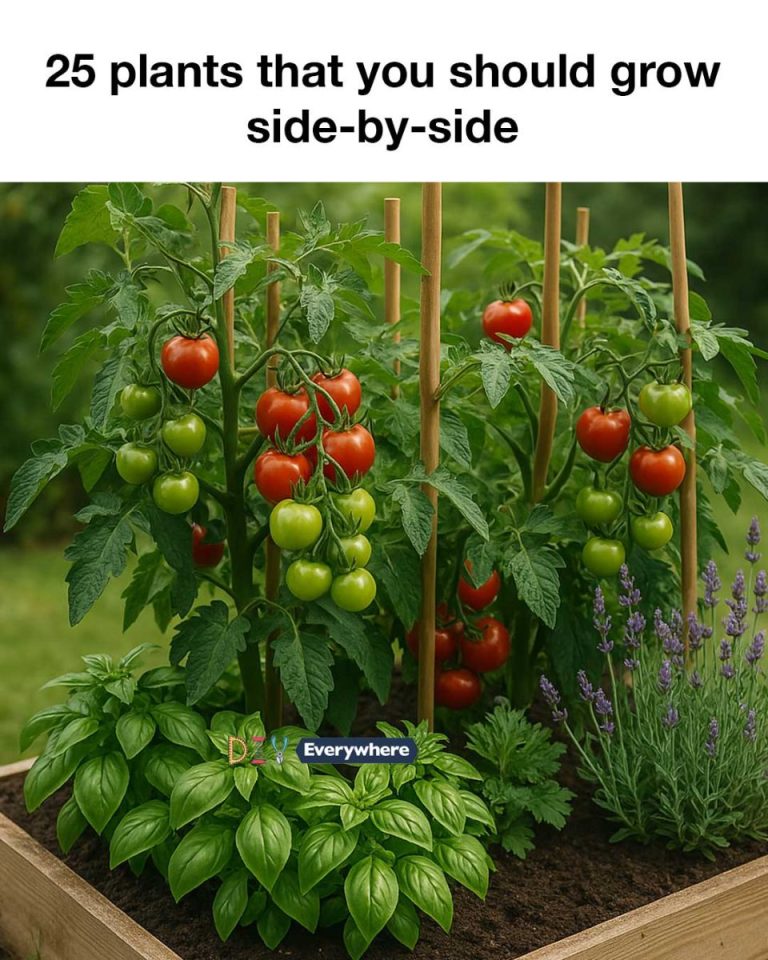Companion planting is an age-old gardening practice that involves growing different plants in proximity for mutual benefits. This technique is based on the idea that certain plants can enhance each other’s growth, improve flavor, and provide natural pest control. By understanding the relationships between plants, gardeners can create a more balanced and productive ecosystem. Companion planting is not only about pairing plants for practical reasons but also about fostering biodiversity and creating a garden that thrives naturally.
Benefits of Growing Plants Side-by-Side
Growing plants side-by-side offers numerous benefits, including improved plant health, increased yields, and natural pest management. Companion planting can enhance soil fertility by fixing nitrogen or adding organic matter. It can also attract beneficial insects that prey on pests, reducing the need for chemical pesticides. Additionally, some plant pairings can improve flavors, making your harvest even more delicious. By strategically planning your garden layout, you can maximize space and resources, leading to a more sustainable and productive garden.
Understanding Plant Compatibility
Understanding plant compatibility is crucial for successful companion planting. Some plants release chemicals that can inhibit the growth of others, while some can enhance growth by repelling pests or attracting beneficial insects. It’s important to consider factors such as root depth, nutrient needs, and growth habits when pairing plants. Researching and observing plant interactions in your garden can help you determine the best combinations for your specific conditions.
1. Tomato and Basil: A Classic Pairing
Tomatoes and basil are a classic companion planting pair. Basil is known to repel pests like aphids, whiteflies, and tomato hornworms, which can damage tomato plants. Additionally, basil is believed to enhance the flavor of tomatoes when grown nearby. This pairing not only benefits the plants but also creates a delicious combination for culinary use.
2. Carrots and Onions: Natural Pest Control
Carrots and onions are a great example of natural pest control through companion planting. Onions release a strong scent that deters carrot flies, while carrots can help repel onion flies. This mutual protection allows both plants to thrive without the need for chemical interventions.
3. Corn and Beans: The Three Sisters Method
The Three Sisters method is a traditional Native American planting technique that involves growing corn, beans, and squash together. Corn provides a natural trellis for beans to climb, beans fix nitrogen in the soil to benefit all three plants, and squash spreads along the ground, suppressing weeds and retaining moisture. This symbiotic relationship maximizes space and resources.
4. Cucumbers and Nasturtiums: Pest Deterrents
Cucumbers and nasturtiums make a great pairing for pest control. Nasturtiums act as a trap crop, attracting aphids and other pests away from cucumbers. They also deter cucumber beetles, allowing cucumbers to grow with less pest pressure. Additionally, nasturtiums add a splash of color to the garden.
5. Lettuce and Radishes: Maximizing Space
Lettuce and radishes are ideal companions for maximizing garden space. Radishes grow quickly and can be harvested before lettuce needs more room to spread. This allows gardeners to make efficient use of their planting area, ensuring a continuous harvest throughout the growing season.
next page
